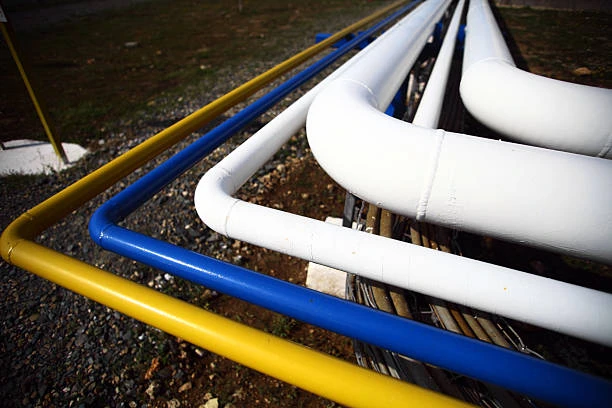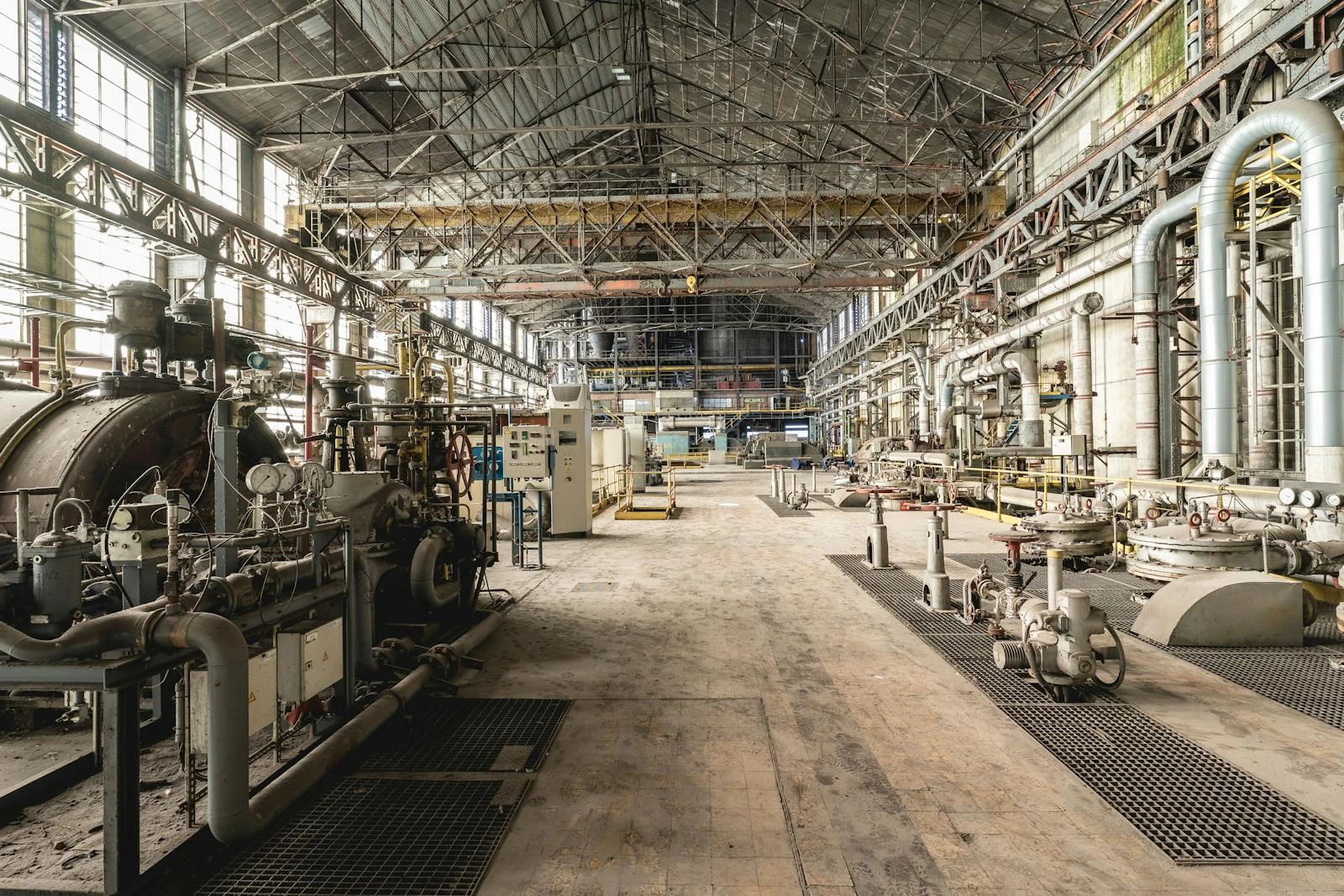PPR (Polypropylene Random Copolymer) pipes have gained popularity in the plumbing industry for their numerous benefits, including durability, chemical resistance, and ease of installation. However, several misconceptions about PPR pipes persist, which can lead to confusion and misinformed decisions. This article aims to clarify these misconceptions, providing an accurate understanding of PPR Pipe and their applications.
1. Misconception: PPR Pipes Are Not Suitable for Hot Water
One of the most common misconceptions is that PPR pipes cannot be used for hot water applications. In reality, PPR pipes are designed to handle temperatures ranging from -10°C to 95°C (14°F to 203°F), making them suitable for both hot and cold water systems.
Why PPR Pipes Are Safe for Hot Water
PPR pipes have a high thermal resistance and do not deform under high temperatures, which is essential for hot water applications. They also maintain their integrity and do not leak, making them a reliable choice for heating systems and hot water supply.
2. Misconception: PPR Pipes Are More Expensive Than Other Options
Many people believe that PPR pipes are more expensive than traditional piping materials like PVC or metal. While the initial cost of PPR pipes may be higher, their long-term benefits often outweigh the initial investment.
Long-Term Cost Benefits
- Durability: PPR pipes have a lifespan of over 50 years, reducing the need for replacements.
- Maintenance: They require minimal maintenance due to their resistance to corrosion and damage, which can save significant costs over time.
When considering the overall lifespan and performance, PPR pipes can be more cost-effective in the long run.
3. Misconception: PPR Pipes Are Difficult to Install
Some people assume that PPR pipes are complicated to install due to their specialized joining method. However, the installation of PPR pipes is relatively straightforward and can be performed by professionals and skilled DIY enthusiasts alike.
Installation Process
PPR pipes are typically joined using heat fusion, where the ends of the pipes and fittings are heated and then fused together to create a strong bond. This process is quick and efficient, often resulting in a leak-proof connection. Additionally, the lightweight nature of PPR pipes makes them easier to handle than heavier metal alternatives.
4. Misconception: PPR Pipes Are Prone to Leaks
Another misconception is that PPR pipes are more likely to leak compared to traditional materials. While all piping systems have the potential for leaks if improperly installed, PPR pipes are designed to be highly durable and resistant to leaks when installed correctly.
Factors Contributing to Leak Resistance
- Heat Fusion: The heat fusion process creates a strong, seamless bond between pipes and fittings, minimizing the risk of leaks.
- Flexibility: PPR pipes are flexible, allowing them to expand and contract without cracking, reducing the likelihood of leaks due to temperature changes.

5. Misconception: PPR Pipes Are Only Suitable for Residential Use
Some people believe that PPR pipes are only suitable for residential plumbing systems. In reality, PPR pipes are versatile and can be used in various applications, including commercial and industrial settings.
Diverse Applications of PPR Pipes
- Heating Systems: PPR pipes are commonly used in underfloor heating and radiator systems due to their thermal efficiency.
- Irrigation: Their chemical resistance makes them ideal for agricultural applications where water quality is essential.
- Fire Protection Systems: PPR pipes can be employed in fire suppression systems due to their reliability and performance.
6. Misconception: PPR Pipes Release Harmful Chemicals
There is a concern that PPR pipes may leach harmful chemicals into the water supply. However, PPR pipes are manufactured to comply with strict safety and health regulations, ensuring that they are safe for drinking water applications.
Safety Standards
PPR pipes are non-toxic and do not release harmful substances into the water. They are also tested and certified for potable water use, making them a safe choice for drinking water systems.
7. Misconception: PPR Pipes Have a Limited Lifespan
Some believe that PPR pipes have a shorter lifespan than other piping materials. In fact, PPR pipes are incredibly durable and can last over 50 years with proper installation and maintenance.
Factors Influencing Lifespan
- Quality of Installation: Proper installation is key to maximizing the lifespan of PPR pipes.
- Environmental Conditions: PPR pipes can withstand various environmental factors, including temperature fluctuations and chemical exposure.
8. Misconception: PPR Pipes Are Not Environmentally Friendly
Some people think that PPR pipes are harmful to the environment. In reality, PPR pipes are recyclable and made from a non-toxic material, making them an environmentally responsible choice.
Environmental Benefits
- Recyclability: At the end of their lifespan, PPR pipes can be recycled, reducing waste in landfills.
- Sustainable Manufacturing: PPR pipes are produced with minimal environmental impact, contributing to a greener plumbing solution.
Conclusion
Understanding the common misconceptions about PPR Pipe is essential for making informed decisions regarding plumbing systems. PPR pipes offer numerous advantages, including their suitability for hot water applications, long lifespan, ease of installation, and versatility. As more people recognize the benefits of PPR pipes, they are likely to become an even more popular choice in various plumbing applications.
FAQs
- Are PPR pipes safe for drinking water? Yes, PPR pipes are non-toxic and comply with safety regulations for potable water use.
- How long do PPR pipes last? PPR pipes can last over 50 years with proper installation and maintenance.
- Can PPR pipes be used for hot water applications? Yes, PPR pipes are designed to handle hot water up to 95°C (203°F).
- What is the installation method for PPR Pipe? PPR Pipe are typically joined using heat fusion, creating a strong, leak-proof bond.
- Are PPR pipes environmentally friendly? Yes, PPR pipes are recyclable and made from non-toxic materials, making them an environmentally responsible choice.


















